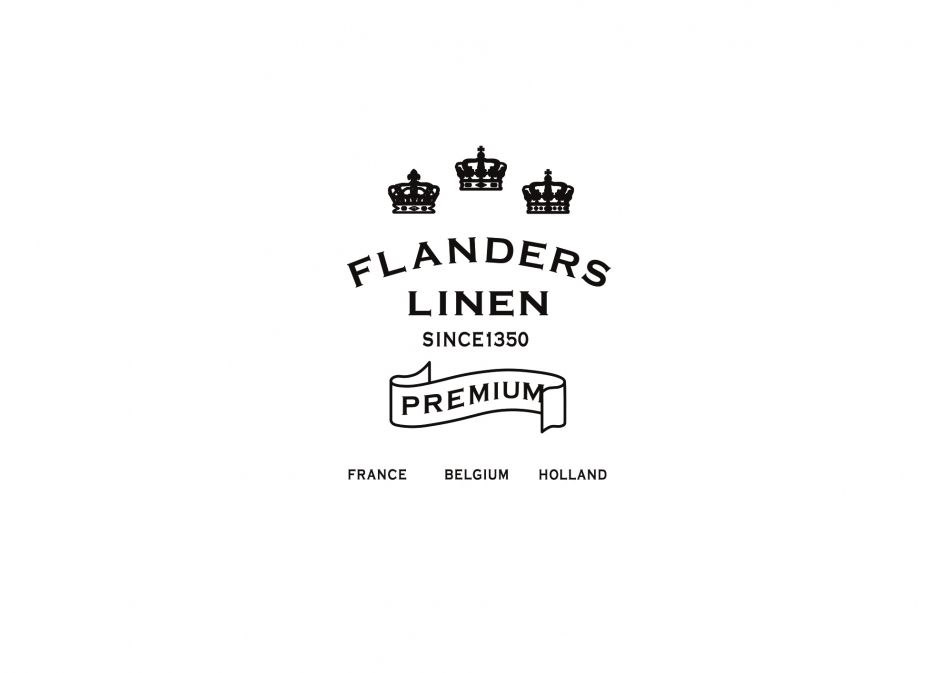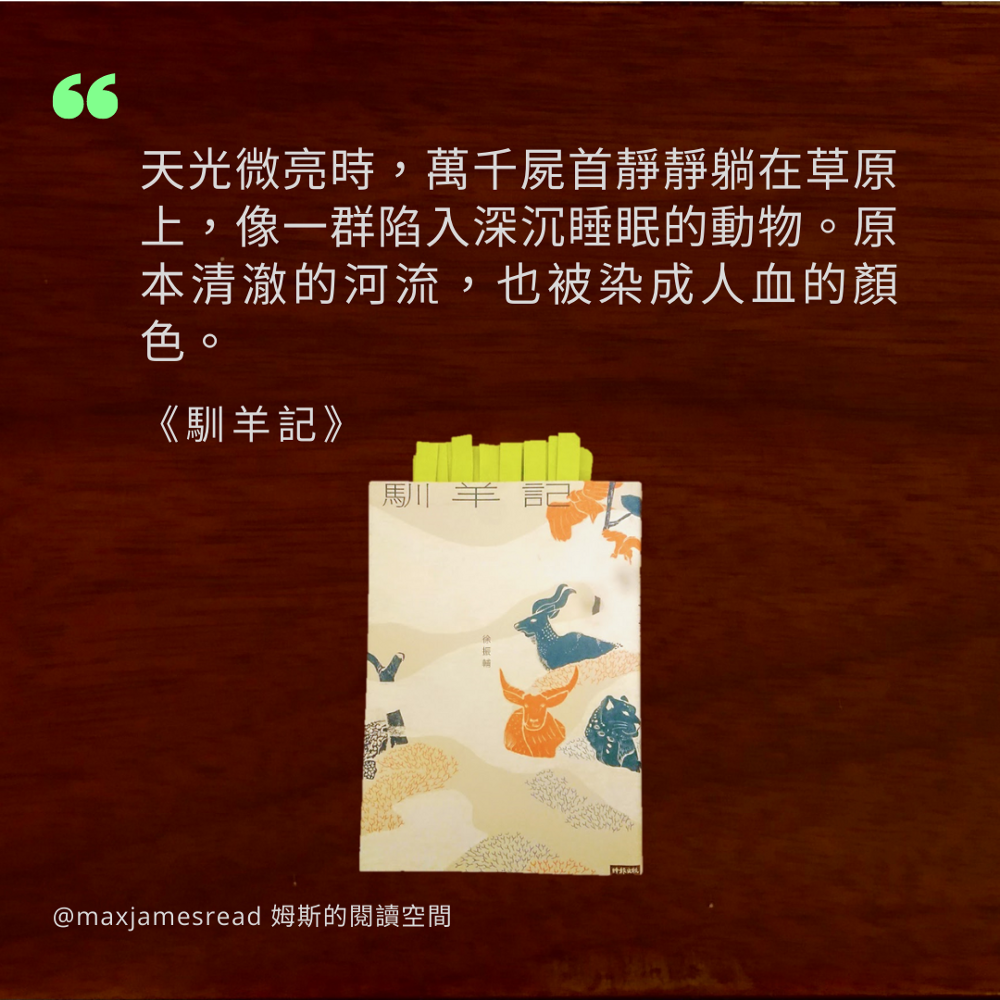"Taste starts with knowledge": Beauty does not depend on feeling!

Is taste innate? Does the birth of those powerful advertisements and design works depend on the flash of inspiration of creative geniuses? This "Taste Begins with Knowledge" will tell you that behind these seemingly unrestrained ideas, they do not rely on ethereal "inspiration", but solid "knowledge".
The author Mizuno is a representative of the good design company and has created many powerful design works, such as the official mascot of Kumamoto Prefecture " Kumamon Bear " is from him. And the reason why he wrote this book is to break the myth that "taste is born". In his view, anyone can have "good" taste through hard work.
I want to tell you that there is no difference in the tastes you and I have per se, the difference is in how you cultivate it, how you use it, and how you train it.
Next, let's take a look at how to cultivate taste!
【Know common sense】
Mizuno has the following definition of what taste is:
The so-called "taste" refers to the ability to judge the pros and cons of a state that cannot be quantified numerically, and to optimize it.
Okay, looks great, but how do you do it? Mizuno Gaku believes that the key is to first understand what "ordinary" is. Ordinary is like a "ruler". With this benchmark, we can know what is a good thing. Such ability is the basis of taste.
This reminds me of the movie "Creating Anna" , where Anna, who pretends to be a high-ranking person, always puts "basic" in her mouth to judge others. It is precisely because Anna understands what ordinary is that she can pretend to be high class and not be exposed. Unlike poor reporter Vivienne, who had been soured and still couldn't figure out what was wrong with her clothes.
Of course, this is not for everyone to deceive people, but to emphasize that if you want to have a taste for anything, you must first have that ruler.

【Accumulate knowledge】
So how do you build that ruler? Mizuno thought there was only one way: to absorb knowledge . In other words, taste comes from the accumulation of knowledge.
People who lack confidence in their own tastes must first realize that the information they collect is actually very little, and the objective information is also quite lacking.
Mizuno believes that knowledge can be effectively increased through the following 3 steps:
- Parse the classics
The first step can start with dismantling the classic. Because the so-called classics represent what a thing "should be" like. It can also be said that it is the product of "optimization" after time quenching. For example, if you want to understand jeans, you can start with a classic style like Levi's 501. - Know what's trending
The second step is to understand the opposite of classic: popular. Although most of the popularity comes and goes quickly, but through this kind of learning, the "breadth" of knowledge can be rapidly expanded. For example, Mizuno reads dozens of magazines every month, so as to accumulate current fashion information at a high speed. - Find the " common ground " or " fixed rules "
With the previous accumulation, we can finally try to generalize whether there are any commonalities or rules among these things. For example, you can think: Does an "appealing grocery store" have anything in common? Through such analysis, you can refine your own knowledge. Build the ruler in your heart.
Mizuno believes that "knowledge is like paper, and taste is like painting". The bigger the paper is, the more space you can freely sway. With solid knowledge, there is the capital to develop creativity.
Listening to " Neil Drinks Milk " a while ago, Neil talked about a great entertainment their family had when they were young: visiting department stores. I think it is such a habit that allows him to accumulate observations of various brands, and then establish the so-called clothing taste.

【Speak your taste】
With the accumulation of knowledge, the last thing is to try to "speak" the taste concretely. Mizuno mentioned that, whether it is a logo, a product or a mascot design, he would never say something like "feeling better" in his proposal briefing. Because taste is the accumulation of knowledge, it would be very irresponsible to use such general terms to describe output.
Feeling is actually a collection of knowledge. Behind the beauty of this "font" that I think is so beautiful, there are all kinds of things that made me feel so beautiful in the past.
Therefore, when the "feeling" came, Mizuno learned to constantly confirm "where did the feeling come from", and then accurately stated the reason.
I think that after reading a book in the past, I can only feel about whether I like it or not, and the specific reason is often not clear. After I started writing my experiences, I wanted to be more attractive to read, so I kept asking myself why. Thinking about it, this process may be cultivating taste.
In the same way, when making judgments, do not rely on feelings, but rely on objective knowledge. For example, when Mizuno Gakuin designed the trademark of "Flanders Flax", he chose a copper plate engraving that is older than the existing surviving type printing based on the knowledge that "the cultivation of flax has a long history, even before movable type printing". Text "Coperplate".

I thought that Jian Shijie, the author of Beitou Witch , also mentioned this concept in the BIOS interview :
I don’t rely on feeling when I paint. I don’t know what to do, so I go to research materials. If I rely on feeling, I will worry, what if I don't feel any more one day?
In a word, only by accumulating enough knowledge, can we know the common, establish the taste, and then produce the so-called creativity.

【Postscript: About taste】
Although this book is less than 200 pages thin, it is quite enlightening to read, and many cases and concepts make me stop and think about it from time to time.
The concepts in the book, I think, are not only applicable to aesthetic design, but also applicable to other fields. Like the YouTube algorithm recently recommended me a bunch of mixed martial arts videos. At first, I only vaguely thought KO or surrender was cool. But with the accumulation of knowledge, I can gradually tell why this punch-leg connection is effective and why this floor target is deadly... This process is precisely establishing my taste for "fighting".
However, when I first read this book, I actually felt that I lacked the taste of "beauty".
In the past, I always felt that being a polytechnic house needed some kind of taste. But after I started blogging, I was troubled by various issues, such as how to arrange the layout and how to choose pictures.
And this problem became more serious when I wanted to become an IG fan. Fortunately, with the help of my sister and friends around me, I have a page that is not very good, but should be passable (?)

However, there are too many details of community management, and I am not good at bothering others again and again. To be honest, now I am still amazed when I swipe the post or limit, "This photo is too good at set!", "This typesetting is so beautiful and clear", and then I can only keep shaking my head at my artistic cells. .
However, after reading this book, I suddenly felt a sense of peace of mind. If taste can be practiced and accumulated hard, then it seems to be no problem (?)
I think, maybe next time when I am amazed, I can try to say why I like it, and then try to imitate it. Over time, it is not necessarily that you can establish your own taste!
Articles you may also be interested in:
- "The Brain Likes to Learn This Way": Stop studying hard, "Learning slowly" is faster!
- "Technology of Deep Learning": Take you to build a 5-level powerful learning system!
- "Learn English Speed Reading in 6 Lessons": Professor of National Taiwan University teaches you the "High Comprehension Speed Reading Method"!

↓↓You are also welcome to follow the Facebook and mourning of "Mrs's Reading Space"↓↓
James' reading space FB
James' reading space IG
Like my work? Don't forget to support and clap, let me know that you are with me on the road of creation. Keep this enthusiasm together!


- Author
- More